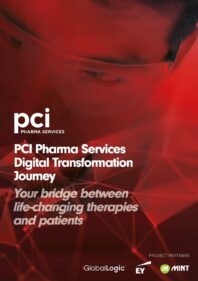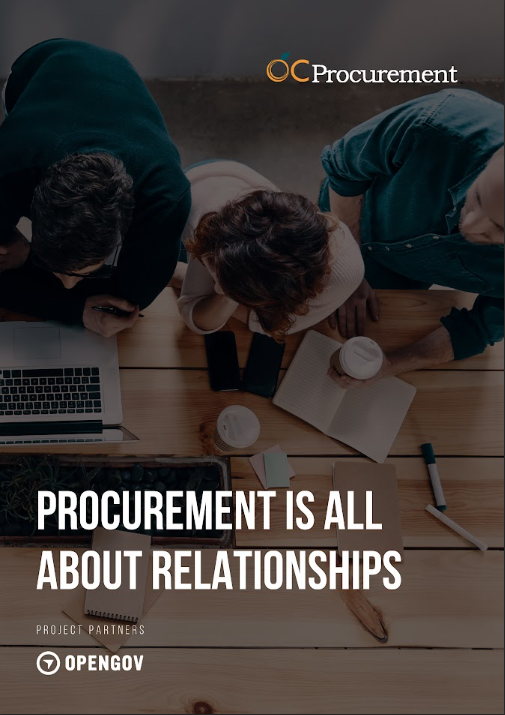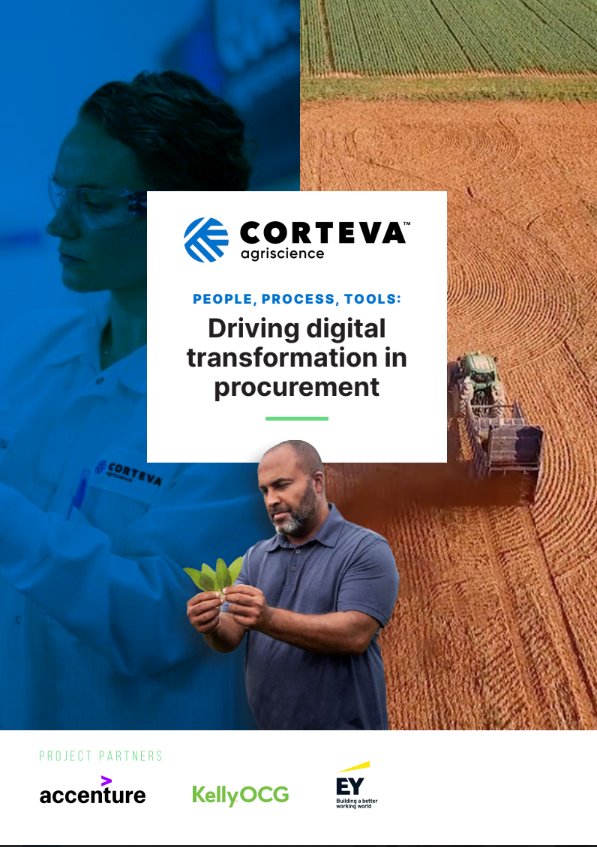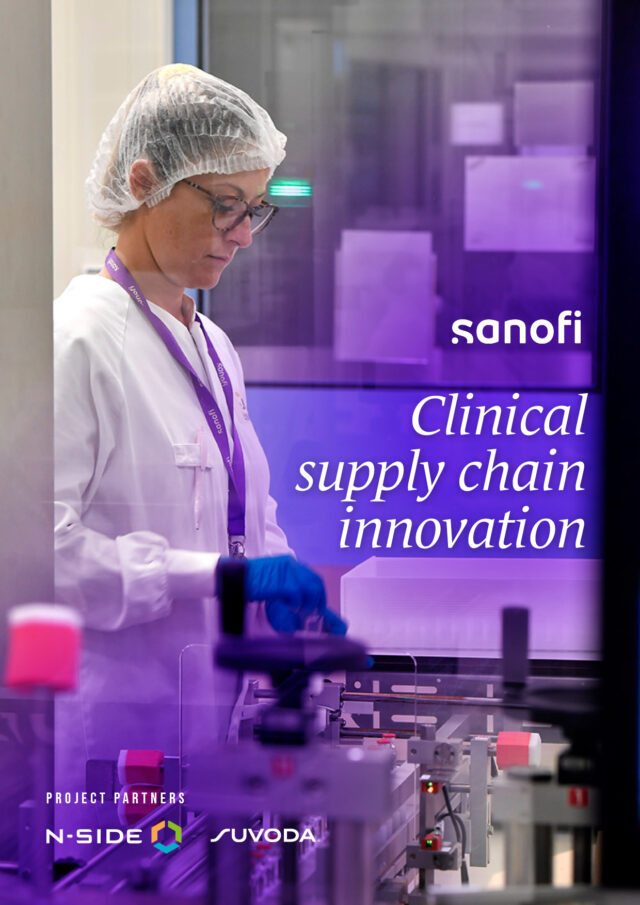PCI Pharma Services is a trusted partner for pharmaceutical and biopharmaceutical companies, providing clinical and commercial supply chain solutions in the shared goal of improving patients’ lives. PCI invests in organic growth as an innovative supply chain solutions provider delivering operational excellence. In addition, it enhances its offering through strategic acquisitions and partnerships and in doing so, meet the future needs of a global customer base. By differentiating itself, PCI continues to provide industry-leading customer experience through investment in both digital and technology and its biggest asset: people.
Read the latest issue of Interface Magazine here!
Digital transformation is now a key differentiation for PCI as part of its business strategy. PCI’s goal is to create new digital customer experiences, whilst achieving more collaboration and efficiency across its global organization.
Salim Haffar is a progressive CEO and it was his vision, in collaboration with the PCI Pharma Services Board, that initiated the PCI digital transformation journey. The Board, with Haffar, enlisted the services of a global digital transformation specialist, Wayne Hull, to lead the digital and technology strategy of transforming PCI’s customer experiences, business processes and IT. “What Wayne truly brought to us and the board was a fresh perspective. Many of our leaders have spent many years in the same industry, healthcare, which is highly regulated, and hence risk and change averse. We are known for our industry leadership and how we service the customers. It’s really an exceptional DNA of customer centricity and digital and technology that’s going to add another level to how we interface with customers. It’s going to be leading edge, scalable and differentiating, and that’s what excites me,” says Haffar.
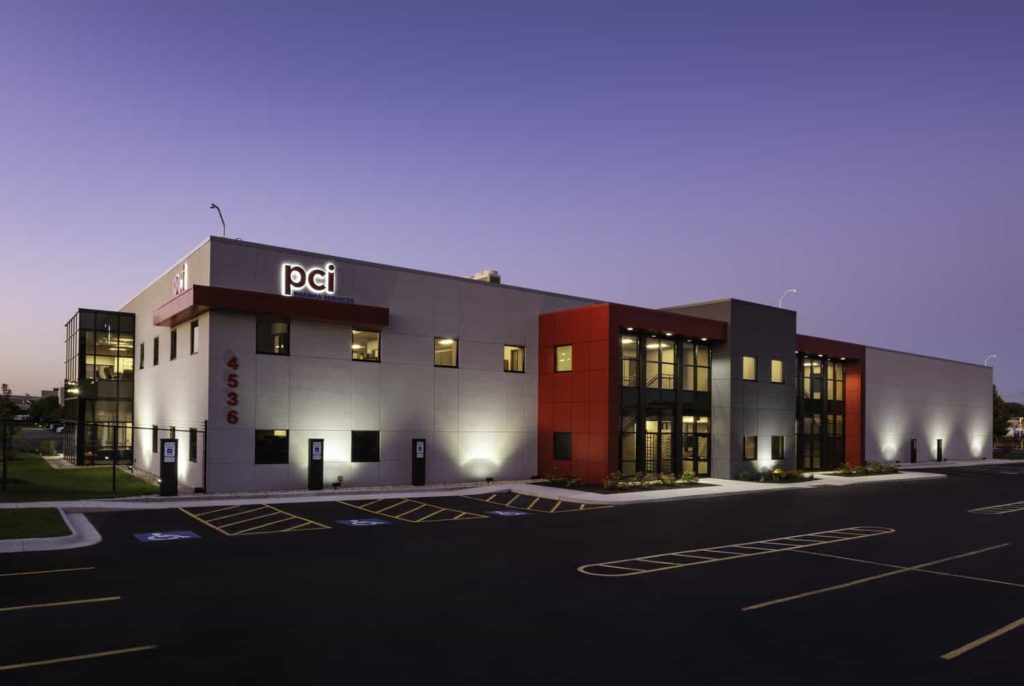
Wayne Hull, who is now PCI’s Chief Digital and Technology Officer, led the PCI digital and technology strategy in collaboration with the company’s major private equity investor Partners Group Industry Value Creation team and the PCI executive and management team. According to Hull: “The strategy became a One PCI strategy, and the ideas across the PCI executive and management team were instrumental in creating the value creation initiatives.” The PCI team set three strategic goals based on an extensive amount of research around the pharma and contract manufacturing industry digital trends, as well as an innovative internal design-thinking process to stimulate the ideas from the teams. These goals being: enhancing customer experiences to fuel growth, digitizing core business processes to achieve collaboration and efficiencies, and aligning I.T. capabilities for scale.”
Brad Payne, Chief Operating Officer at PCI explains: “Our ability as PCI to digitally transform how we operate is critical to the way we service clients now and in the future. This requires new processes, new client service or project management digital tools, full integration with our ERP system and smart usage of our data.”
The human touch
Although a digital and technology transformation, the changes underway at PCI have a very tangible human element propelling the drive behind this move, and how it works, right through to the very people it will affect. As Hull puts it: “digital is primarily about people, and the technology is secondary”. Angi Calkins, Chief Human Resources Officer at PCI: “Our digital transformation is necessary both for the purposes of providing progressive solutions from a product and a service standpoint, as well as being a company where employees, partners and customers are confident that we have progressive ways of working and communicating in our new digital economy and the physical world.”
The first phase of the digital journey revolves around enhancing the customer experience and with PCI. “We’re a very customer and service-focused business,” Tim Roberts, VP, Global Sales, Clinical Service explains. “I think we have two categories of customers. First category is the economic buyer and supply chain leader who works with us everyday – they are the pharmaceutical companies that entrust their supply chain to us. Second category, is the patient we serve – your wife, your boyfriend, your mother, whoever it may be. That’s where we enhance their lives, and if we can provide tools to pharmaceutical companies, to enhance the speed of drug discovery and thus new product launches in the marketplace, then I think that’s going to be beneficial to all patients.”
Value creation initiatives
The PCI executive team established eight value creation initiatives that also leverage several emerging technologies: cloud, collaboration, cyber security, big data, digital-marketing and robotics. The eight value initiatives identified are: (1) new digital customer platform, (2) business process digitization, (3) electronic quality management, (4) data insights, (5) content and data led marketing, (6) collaboration, learning and performance systems, (7) enterprise I.T. systems alignment and (8) robotic packaging automation pilots. “An important part of our digital and technology transformation story is that it is about measurable value creation through execution for our customers and for our business,” Hull explains.

The PCI executive team, supported by the PCI Board, had already embarked on a bold One PCI strategy. One PCI is an ambitious effort to bring all businesses and functions of PCI under a consolidated banner to achieve PCI’s key strategic imperatives. A clear link to the overall strategy and an engine to execute with clear governance, KPI and discipline. This provided the digital and technology transformation strategy with the foundation to execute and be successful.
EY was a strategic advisor supporting the implementation of the One PCI programme – “From that first global kick-off session, we knew this was going to be a special initiative that would harness the global power of the entire PCI team,” Gil Valadez, Managing Director.
Enterprise data
Key to any successful digital transformation is the ability to locate and harness data and create insights. Tim Roberts, VP, Global Sales, Clinical Service: “Our industry is quite rightly heavily regulated, and the controls are usually within the ERP and CRM systems. So, what we have done is bring in a single ERP and CRM systems right the way through the team while building an innovative supply chain information platform on top of that, to be able to give our customers the ability to make more powerful decisions. We’ve integrated a very deep level of data,” Roberts explains. “So really as much data as we have in our ERP and CRM systems is ultimately what we could make available to a customer in the form of new insights. All our sites will be on JD Edwards, and our business developments teams across clinical and commercial are on Salesforce.com. I think this is really important because it would be hard to build this program drawing from all sorts of different systems.”
Geoff Young, Director, MintCRM: “MintCRM has been working with cross functional teams across the global business in areas from Sales, Sales Operations, Finance and Supply Chain to help automate process, facilitate rapid access to data which gives the PCI Teams timely insights into their business, client and vendor performance.”
PCI has also invested in an electronic quality management system (eQMS) to help standardize and enhance quality and regulatory controls. “What that means is all of our standard of operations, all of our documents, all of our customer batch records and all of our change controls, will fall within our electronic quality system and be automated,” says Jeannie Metzinger, SVP Global Quality & Regulatory.

Platform: real-time supply chain information
Designed to a leading experience and capability in the pharma supply chain and CMO industries, at the core of the new digital customer experience is a new digital platform to provide real-time supply chain information to PCI’s clinical and commercial customers. A direct on-line connection to the customer, operating in conjunction with the PCI Project Management Services, will share real-time information across project inventory, production and distribution. The platform is currently being built with input from a number of strategic customers.
VP, Global Sales, Commercial, Ed Malatesta: “For me, the most exciting opportunity we have through the digital platform is to make our customers’ lives easier and to give them the services to interact and troubleshoot with PCI, anytime and anywhere.”
Ecosystem partners are an important part of PCI’s business strategy success. To be able to design and develop this industry leading platform, PCI selected GlobalLogic, a leading global digital design and product engineering company, as their strategic partner. PCI and GlobalLogic partner in a highly digital and agile way as one virtual team across geographies and time zones.
Chet Kolley, is Senior Vice President and General Manager of GlobalLogic. “PCI and GlobalLogic came together as partners to leverage their collective business and technology experience to create a digital client collaboration solution that would greatly enhance PCI’s customer experience and relationship. We’re all excited to bring to life a first of its kind digital engagement experience.”
PCI has invested in both leadership and technology to enable the platform, creating new digital capability in the form of digital product management. And strategically, PCI have brought marketing, digital and technology closer together. Not only do they report under one structure, but they work across traditional silos with the global head of marketing and the team being leading participants in the business and digital initiatives.

Business process digitization
Digitizing core business processes is key to moving PCI from a manual environment to one that is collaborative, efficient and on-line. The decision to select which business processes to focus on was made with both the customer and business efficiency in mind. The initial selection has included: project management services, invoicing, and supply chain. The business process digitization approach is effectively technology driven process change, changing both the business process and the implementing new digital tools to enable the change. The technology has included: JD Edwards, Salesforce.com, Smartsheets, Docu-Sign and Microsoft Teams. PCI has also invested in leadership creating new digital capability in the form of Global Business Process Management.
In an environment which is subject to strict regulations, many business processes traditionally include many manual activities, approvals, and documents. This typically requires phone calls, emails, scanning documents, signing documents, re-scanning and printing.
“As an executive team we really took the whole discussion to another level around digitized systems and eliminating the need for inefficient manual activity,” says Chief Operating Officer Brad Payne. “So, the client gets the critical information in real time. I think it collapses the timeframe so products can come to market quicker because the information’s available faster”.
This has also been supported by implementation of Microsoft Teams as the collaborative environment, which has allowed at least 1500 staff to work virtually which has been significant in terms of productivity and efficiency.
COVID-19
The COVID-19 pandemic saw PCI classified as an “essential business” in all states and countries where it operates and its CEO Salim Haffar said of the crisis, back in April: “PCI’s purpose is to help our pharmaceutical and biopharmaceutical customers bring life changing therapies to patients. We can only live up to our purpose if we maintain uninterrupted supply of medicines during this crisis. This pandemic crisis has brought out the best in our organization – PCI employees’ high sense of duty to people in need of life saving medicines. More than ever, together, we have stepped up to this challenge.” PCI’s ability to react to the demands of the pandemic, in the way it has, is testament to a company that is constantly challenging itself on a global scale. PCI’s number one focus was keeping its employee safe and healthy, followed by delivering on their commitments to their customers. Having started to implement new ways of thinking and new ways of working, underpinned by digital technologies, PCI could positively deliver to its employees and customers.
In closing
So, now PCI is at the midpoint of its digital strategy, how does Hull feel it’s going? “We are all about aspiring to new levels of customer experience and differentiation, and we are confident that our digital and technology strategy will deliver that. Our foundation digital capability through ERP, CRM and collaboration is well implemented and delivering value to our business. We are now super excited at the transformative value we are going to create for our customers and business through the implementation of our new digital platform, integrated with new digital processes and electronic quality management.”
CEO Salim Haffar is also buoyed by the work so far: “I think we’ve taken a very novel approach to recognize our gap, to listen to what the customers want, to dare to try something new, something very daring, very complex by simplifying and deciding to invest and implement, and to challenge the status quo… with the aim of being a pioneer technology leader in this space.” A journey rather than a destination, the ongoing digital transformation at PCI is affecting and enhancing every aspect of the company’s operations as it continues to provide that vital bridge between life changing therapies and, most importantly of all, the patients.
